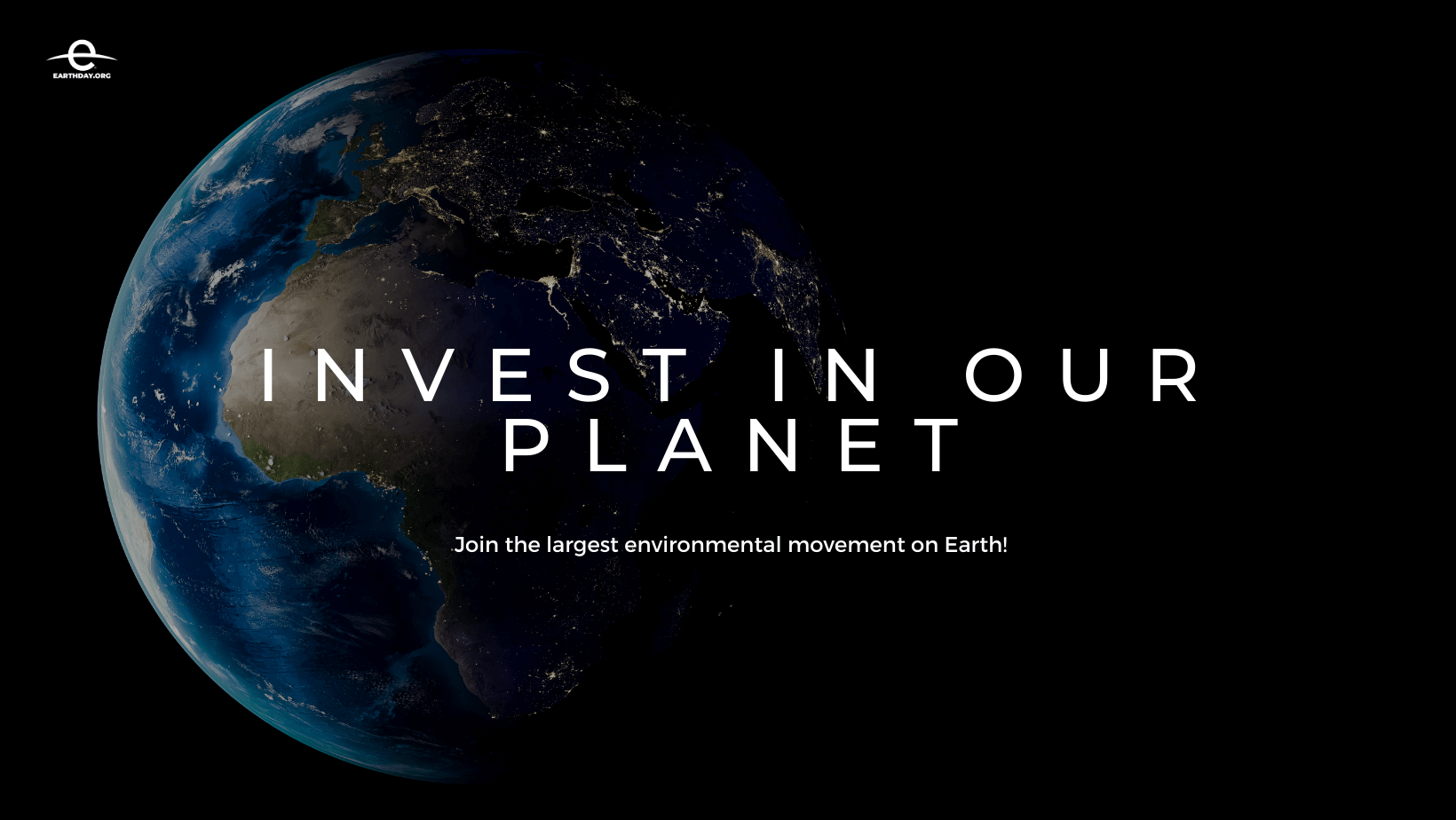
Since 1970 Earth Day Org have had one mission in mind: to drive positive action for our planet… 53 years later and they are still standing strong. As the largest recruiter to the environmental movement, Earth Day is dedicated to transformational change by everyone. After all, it is about holding sectors accountable for their role in the environmental crisis but also about looking within ourselves and thinking about the changes we can all make in our everyday lives.
‘Earth Day’ first came to fruition when Junior Senator Gaylord Nelson became increasingly concerned about the rapidly declining environment in the United States.
It was January 1969 when it all began. After witnessing the effects of a massive oil spill in Santa Barbara, California, and a student anti-war protest, an idea was sparked within. If he could create the same kind of energy, harness that vigour, except centre it around environmental issues then perhaps it would be enough to engage people. But not just the American public consciousness, or national media, but political figures too. And it did. Soon after he had managed to persuade a Republican Congressman, to serve as his co-chair. As a result they recruited a young activist named Denis Hayes to organise the campus teach-ins and soon the date was set. Marked each year on April 22 between Spring Break and final exams to maximise student participation.
By 1990 Earth Day had gone global.
Earth Day should be celebrated just like any other national holiday. Why? Because Earth is our home! It is the sun in the sky, the grass in the fields and everything in between. To celebrate Earth Day is to celebrate humans and all our achievements. More than a billion people show up for Earth Day each year, rallying for a clean environment. As the climate crisis grows so does public awareness which sees more and more people wanting to become part of the solution – not the problem. We all hold the power and influence for real changes to be made. That power can be demonstrated as a consumer, a voter, and a member of a community. You should never underestimate your voice. And when your voice is met with hundreds, thousands, millions, and billions of others all saying the same thing, that is how real change is made.
There have been a number of studies conducted that link poor environmental factors to decreasing mental health. A study conducted by Sara Lindberg, M.Ed and medically reviewed by Akeem Marsh, MD, dives into this issue. Sara writes, “The environment and mental health and intrinsically connected. The places where you spend a lot of time—home, work, school, and even socially—can have a significant impact on your mental well-being. In psychology, these are referred to as environmental factors of mental health and are the main focus of study for environmental psychologists.”
The study continues to note how, in some cases, environmental factors impact mental wellness by changing the structure and function of the brain. Psychologically, our environment can either raise or lower our mood. Factors like sound and noise pollution can have a massive impact on how we feel.
A crowded metropolis area. There are building works happening on a popular road that is causing traffic to build up. The streets are filled with people too busy to stop for a second. The air is filled with smog from the exhaust engines. There is nothing but sound around you. Noise pollution from the loud drills and construction equipment. Cars honking at each other with nowhere to go.
Now imagine you’re in the countryside. A quiet village or seaside town. There is nothing but green rolling fields around you. Or the calm, blue sea. Perhaps a sheep or two. The sound of traffic and building works are a distant memory. The air smells cleaner and fresher (maybe even saltier) due to the lack of smog and toxic pollution. The sun is high in the sky and no longer blocked by skyscrapers and office buildings.
There are many advantages to both the city and countryside. But one thing is clear: our mental health is impacted by the world around us.
But environment can mean a few things. Cluttered workspaces and messy desks. A pile of clothes on the back of the chair or dumped on the floor. Yesterday’s dinner plate still left on the side with a cup to match. Environmental factors can come from several places. But luckily there are many small changes that can also be made. And none of them include moving!
Here are some easy changes you can make to better your environment:
If you would like to further your understanding of the social, physiological and environmental impact, check out this blog!
For the first time since Earth Day’s conception, the theme from last year is continuing for a second year! Due to ‘Invest In Our Planet’ being received so well, the theme is going to follow along the same structure, focusing on engaging governments, institutions, businesses, and one another. From being part of Earth Day Org’s reforestation campaign, to learning about sustainable fashion. If you would like to join in, read the official Earth Day Action Toolkit and show your support!
We are a 24/7 enhanced supported living service for individuals with a mental health diagnosis, learning disability or autism. We take environmental factors to heart encouraging residents to explore the local community they become part of and setting up fun leisure activities. From paddle boarding to day trips to local towns, our residents’ environments are nothing short of inclusive, diverse and recovery focused.
Image provided by Earth Day Org